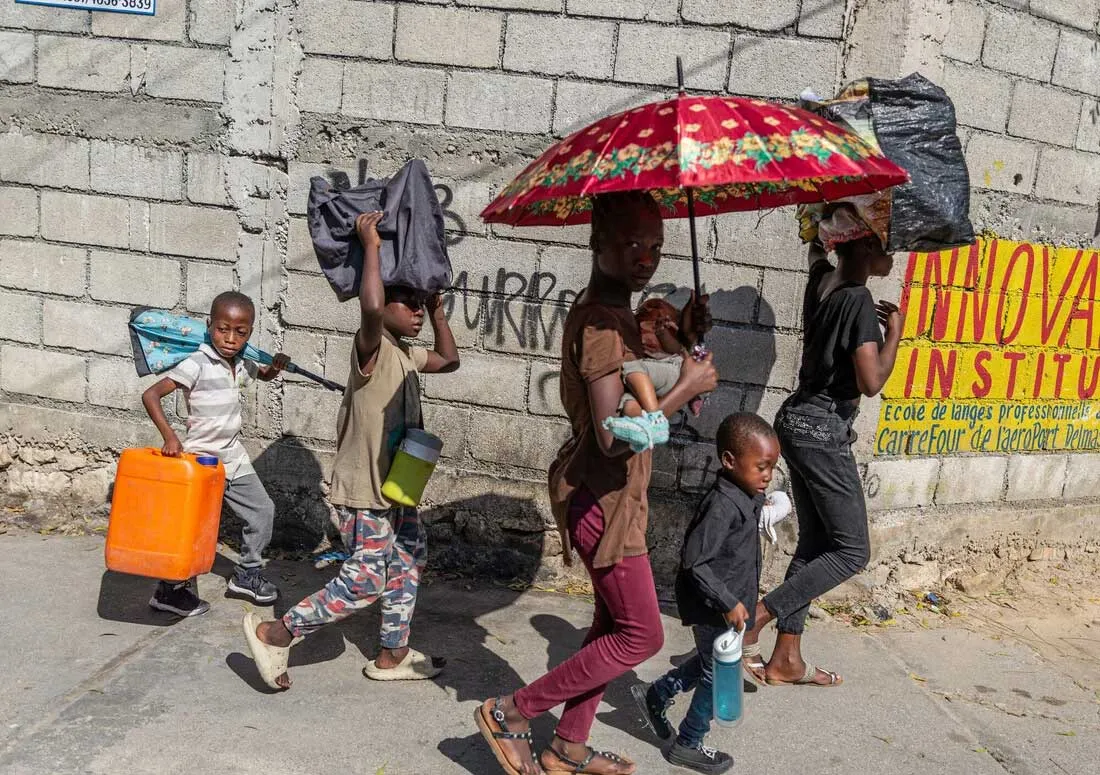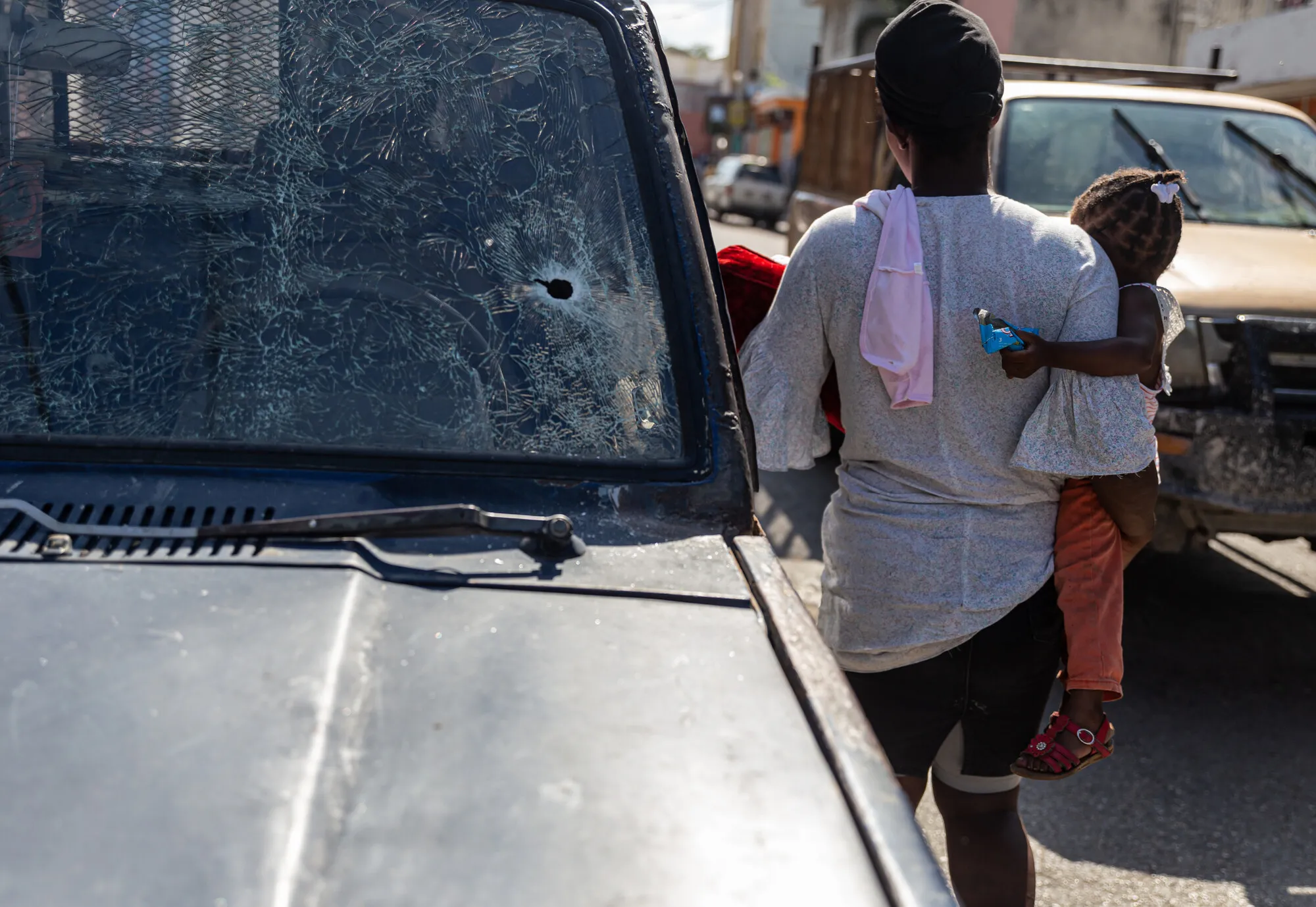Today, Haiti is one of the most dangerous countries in the world.
In Port-au-Prince, all schools have closed their doors under threats of arson. Private businesses there are either being looted or forced to regularly pay a fee to continue functioning on top of risks of kidnappings.
Following the violence which erupted on Feb. 29, 2024, a state of emergency was declared on March 4 together with a renewable curfew from 7 p.m. to 5 a.m., to allow the state security apparatus, including the army, to regain control of the capital. Armed gangs attacked the Port-au-Prince penitentiary center, releasing over 4,000 prisoners.
On March 2, Toussaint Louverture International Airport had to close its doors, halting all operations due to sustained heavy shooting by gangs.
For nearly three months now, political instability, insecurity, violence, rape, and looting have plunged the entire country into endless chaos.
‘All areas are red’
My name is Billy Dason, and I am an employee of CARE Haiti. A few months ago, several new areas, including the area where I live, “Tabarre 23,” were considered “red zones” by CARE Haiti’s security, meaning no vehicle and personnel movements in the areas are allowed. This is for safety and security of its employees.
Unfortunately, today large parts of Port-au-Prince fall within the red zones. The armed gangs are now controlling around 85 percent of Port-au-Prince.
Since Feb. 29, near my home the gunfire never stops. Before, we rarely heard it in the evenings. Today, it’s morning and evening. For several weeks, I only slept for 30 minutes to 1 hour per day. I had to put all my important documents in a bag near my bed to be able to anticipate a solution in the event of an attack on my house.
I try to hold on for my five-year-old son by pretending to smile in the morning, but now it’s not enough. The whole neighborhood is in a panic. We have no electricity, and food in the area is starting to run out. Sometimes, I have to travel long distances by a motorcycle to get access to food provisions. Tabarre is in dark times, and we have nowhere to take refuge at the moment.


